Renault Scénic vs VW ID.7 – Differences & prices compared
Compare performance, boot space, consumption and price in one view.
Find out now: which car is the better choice for you – Renault Scénic or VW ID.7?
The Renault Scénic (SUV) comes with a Electric engine and Automatic transmission. In comparison, the VW ID.7 (Hatchback) features a Electric engine with Automatic transmission.
When it comes to boot capacity, the Renault Scénic offers 545 L, while the VW ID.7 provides 532 L – depending on how much space you need. If you’re looking for more power, decide whether the 220 HP of the Renault Scénic or the 340 HP of the VW ID.7 suits your needs better.
In terms of consumption, the values are 16.60 kWh per 100 km for the Renault Scénic, and 13.60 kWh for the VW ID.7.
Price-wise, the Renault Scénic starts at 34600 £, while the VW ID.7 is available from 46300 £. Compare all the details and find out which model fits your lifestyle best!
In the battle between practicality and innovation, the Renault Scénic offers a spacious interior ideal for families, while the VW ID.7 impresses with its cutting-edge electric technology and sleek design. The Scénic's versatile seating and large cargo space make it a top choice for those seeking comfort on long journeys, whereas the ID.7 redefines the driving experience with its seamless connectivity and advanced driver-assistance systems. As consumers navigate their options, both models present compelling arguments for different needs in the ever-evolving automotive landscape.
Renault Scénic
The Renault Scénic, with its distinctive design, captures attention through its sleek and modern aesthetic. Its interior is thoughtfully crafted, offering ample space and comfort for family travel or long journeys. The Scénic stands out with a strong emphasis on practicality, making it an ideal choice for those seeking both style and functionality in a vehicle.
details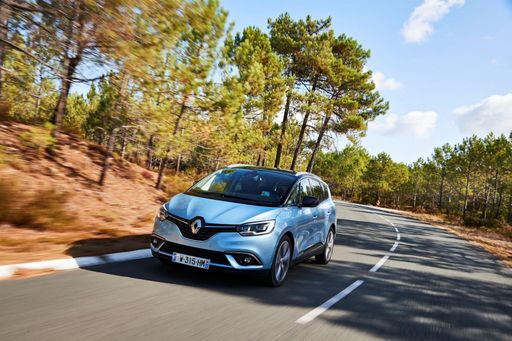 @ Renault
@ Renault
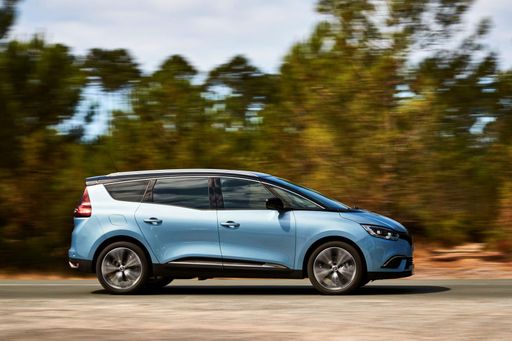 @ Renault
@ Renault
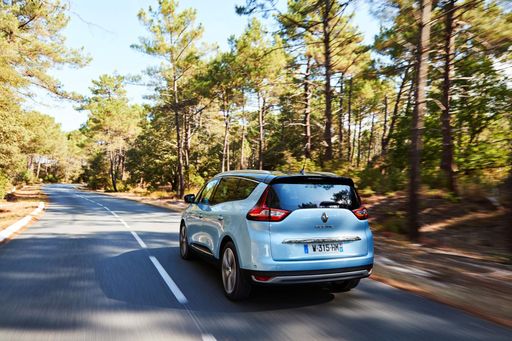 @ Renault
@ Renault
 @ Renault
@ Renault
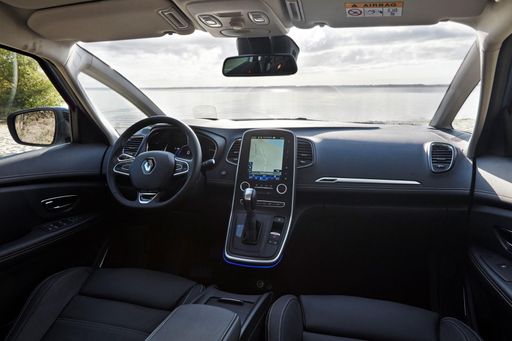 @ Renault
@ Renault
VW ID.7
The VW ID.7 represents a significant step forward in Volkswagen's electric vehicle lineup, offering an elegant design combined with advanced technology features. This electric saloon showcases a sleek aerodynamic profile, prioritising both performance and efficiency. Inside, drivers will appreciate the spacious and modern cabin, equipped with intuitive controls and connectivity features for a seamless driving experience.
details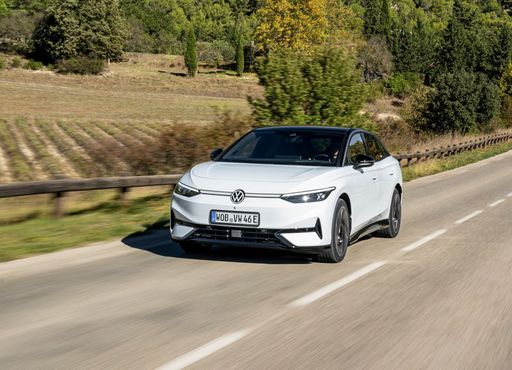 @ Volkswagen.de
@ Volkswagen.de
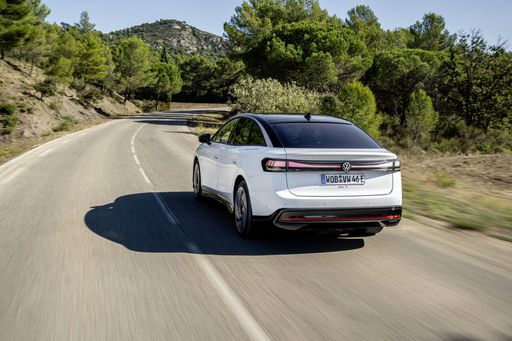 @ Volkswagen.de
@ Volkswagen.de
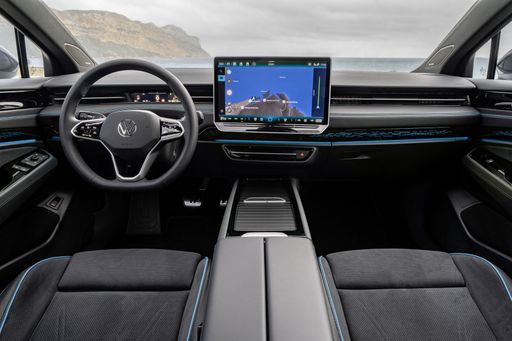 @ Volkswagen.de
@ Volkswagen.de
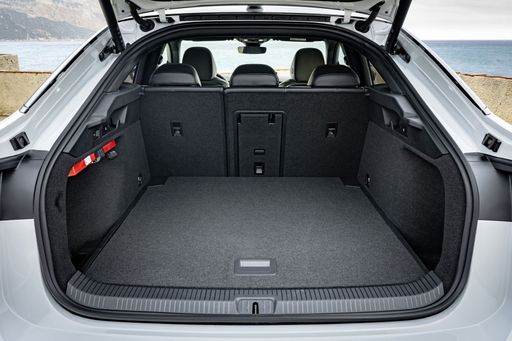 @ Volkswagen.de
@ Volkswagen.de
As the automotive landscape evolves towards electrification, the competition between electric vehicles intensifies. In this comparative analysis, we pit the Renault Scénic against the VW ID.7. Both vehicles stand out in their respective classes, showcasing advanced technology, impressive range, and innovative features. Let’s delve into their specifications and innovations to see which model emerges as the frontrunner.
Design and Dimensions
Starting with design, the Renault Scénic embraces the aesthetics of an SUV, combining a robust stance with functional elegance. Measuring 4,470 mm in length, 1,864 mm in width, and 1,571 mm in height, it offers a spacious interior suited for family use. With a trunk capacity ranging from 545 liters, it provides ample storage for weekend getaways.
In contrast, the VW ID.7, a sleek hatchback, measures a more extended 4,961 mm in length and 1,862 mm in width, making it a visually striking option on the road. Despite being a hatchback, it features a respectable trunk capacity of 532 liters, ideal for daily errands or road trips. Its aerodynamic profile is designed not just for looks but also for efficiency.
Powertrains and Performance
The Renault Scénic is prepared for the electric revolution with two variants offering power outputs of 170 HP and 220 HP. Both models come equipped with a front-wheel-drive system and an automatic transmission featuring a reduction gearbox. The Scénic boasts acceleration figures of 8.6 seconds for the base model and 7.9 seconds for the more powerful variant, with maximum speeds of 150 km/h and 170 km/h respectively.
Conversely, the VW ID.7 packs a punch with up to 340 HP, available in both rear-wheel and all-wheel drive configurations. The acceleration is stellar, with times as low as 5.4 seconds to reach 100 km/h, capped by a top speed of 180 km/h. The ID.7’s torque outshines the Scénic, delivering an impressive 679 Nm compared to the Scénic's maximum of 300 Nm.
Electric Range and Efficiency
Range is a critical aspect of any electric vehicle, and here, the Renault Scénic manages distances of 420 km to 598 km on a single charge, depending on the variant. Its energy consumption is rated at 16.7 to 17.6 kWh/100km, showcasing its efficiency in urban and highway conditions.
The VW ID.7 excels in this area, offering a remarkable electric range from 595 km to 709 km, depending on the battery configuration, which includes a choice of 77 kWh or 86 kWh batteries. The ID.7 showcases an impressive energy consumption of 13.6 to 16.2 kWh/100km, marking it as one of the most efficient electric vehicles available.
Technological Innovations
Both vehicles come with a suite of tech features that enhance the driving experience. The Renault Scénic is equipped with an intuitive infotainment system and driver-assist technologies aimed at improving safety and convenience. Its spacious interior allows for flexible seating arrangements, catering to various passenger and cargo needs.
On the other hand, the VW ID.7 boasts an advanced digital cockpit, featuring a high-resolution infotainment display and a comprehensive suite of driver assistance systems. VW's ID. software ensures over-the-air updates, maintaining vehicle performance and technology relevance over time.
Conclusion: A Battle of Electric Innovation
Choosing between the Renault Scénic and the VW ID.7 ultimately depends on individual needs. The Scénic serves as a practical choice for families seeking an SUV with ample space and decent electric performance. In contrast, the ID.7 appeals to those who prioritize cutting-edge technology, outstanding efficiency, and exhilarating performance.
Both models are credible contenders in the electric vehicle market, pushing the boundaries of innovation. As the transition to electric continues, each manufacturer’s response shapes a thrilling future for automotive enthusiasts.

|

|
|
|
|
Costs and Consumption |
|
|---|---|
|
Price
34600 - 44000 £
|
Price
46300 - 54100 £
|
|
Consumption L/100km
-
|
Consumption L/100km
-
|
|
Consumption kWh/100km
16.6 - 17.5 kWh
|
Consumption kWh/100km
13.6 - 16.2 kWh
|
|
Electric Range
420 - 598 km
|
Electric Range
595 - 709 km
|
|
Battery Capacity
-
|
Battery Capacity
77 - 86 kWh
|
|
co2
0 g/km
|
co2
0 g/km
|
|
Fuel tank capacity
-
|
Fuel tank capacity
-
|
Dimensions and Body |
|
|---|---|
|
Body Type
SUV
|
Body Type
Hatchback
|
|
Seats
5
|
Seats
5
|
|
Doors
5
|
Doors
5
|
|
Curb weight
1822 - 1927 kg
|
Curb weight
2184 - 2328 kg
|
|
Trunk capacity
545 L
|
Trunk capacity
532 L
|
|
Length
4470 mm
|
Length
4961 mm
|
|
Width
1864 mm
|
Width
1862 mm
|
|
Height
1571 mm
|
Height
1535 - 1536 mm
|
|
Payload
514 - 518 kg
|
Payload
456 - 462 kg
|
Engine and Performance |
|
|---|---|
|
Engine Type
Electric
|
Engine Type
Electric
|
|
Transmission
Automatic
|
Transmission
Automatic
|
|
Transmission Detail
-
|
Transmission Detail
-
|
|
Drive Type
Front-Wheel Drive
|
Drive Type
Rear-Wheel Drive, All-Wheel Drive
|
|
Power HP
170 - 220 HP
|
Power HP
286 - 340 HP
|
|
Acceleration 0-100km/h
7.9 - 8.6 s
|
Acceleration 0-100km/h
5.4 - 6.6 s
|
|
Max Speed
150 - 170 km/h
|
Max Speed
180 km/h
|
|
Torque
280 - 300 Nm
|
Torque
545 - 679 Nm
|
|
Number of Cylinders
-
|
Number of Cylinders
-
|
|
Power kW
125 - 160 kW
|
Power kW
210 - 250 kW
|
|
Engine capacity
-
|
Engine capacity
-
|
General |
|
|---|---|
|
Model Year
2025
|
Model Year
2023 - 2024
|
|
CO2 Efficiency Class
A
|
CO2 Efficiency Class
A
|
|
Brand
Renault
|
Brand
VW
|
Renault Scénic
Introducing the All-New Renault Scénic: A Leap into the Future
The Renault Scénic has long been a family favourite, and with its latest iteration, it offers a blend of advanced technology, impressive performance, and eco-friendly credentials. The 2024 model year makes a grand entrance with its electric-only range, showcasing the brand's commitment to a sustainable future.
Powerful Performance Range
The latest Renault Scénic range offers two power specifications to cater to different driving needs. With power outputs ranging from 170 to 220 PS, and a torque between 280 and 300 Nm, there's plenty of punch to ensure a dynamic driving experience. Choose the variant that suits your lifestyle, whether it's the Comfort Range with a satisfying 420 km electric range or the Long Range capable of 598 km on a full charge.
Sleek Design and Comfort
Renault has effectively transformed the Scénic into a suave SUV, integrating both style and functionality. It measures 4470 mm in length, 1864 mm in width, and stands 1571 mm tall – dimensions that promise ample interior space while maintaining a sporty silhouette. The five-seat configuration ensures comfort, with a spacious 545-litre boot capacity making it ideal for family trips or weekend getaways.
Efficiency at Its Core
With an efficiency of 16.7 to 17.6 kWh per 100 km, the Renault Scénic provides an excellent balance of performance and economy. On top of that, it maintains a CO2 efficiency class of A, delivering 0 g/km, which is a testament to its dedication to reducing environmental impact. Furthermore, the monthly cost ranges from €1021 to €1172, and €0.408 to €0.469 per km, ensuring the Scénic is economically sensible as well.
Innovative Technology Package
The Renault Scénic is packed with innovative technology to enhance the driving experience. The standard automatic transmission is complemented by a reduction gearbox, ensuring smooth and responsive acceleration. Multiple trim levels, including Evolution, Techno, Esprit Alpine, and Iconic, offer a variety of features to match your preferences.
Safety and Practicality
Safety is paramount in the Scénic, with its robust build and suite of advanced safety features. The model’s design also accounts for practicality, with a payload capacity ranging from 514 to 518 kg, making it fit for daily errands and heavy loads alike. Additionally, its top speed ranges up to 170 km/h, providing peace of mind on motorways.
Concluding Thoughts
Renault has truly pushed the boundaries with the new Scénic, creating an all-electric vehicle that marries sophistication with practicality. Whether navigating urban landscapes or exploring the open road, the Scénic delivers on both style and substance for the discerning eco-conscious driver.
VW ID.7
Introducing the VW ID.7: A Game-Changer in the Electric Car Market
The VW ID.7 represents Volkswagen's commitment to innovation and sustainability in the automotive market. This all-electric vehicle stands out not only for its sleek design but also for its impressive array of technological advancements. In this article, we delve into the technical specifications and innovations that make the ID.7 a remarkable addition to Volkswagen's electric vehicle lineup.
Power and Performance
Under the bonnet, the VW ID.7 is powered by a range of electric motors, offering horsepower between 286 and 340 PS. This provides the perfect blend of power and efficiency, making it an ideal choice for both city driving and long-distance journeys. With a top speed of 180 km/h and a lightning-fast acceleration from 0 to 100 km/h in just 5.4 seconds, the ID.7 doesn’t compromise on performance.
Impressive Range and Efficiency
The VW ID.7 redefines what it means to travel efficiently. Depending on the model, the ID.7 offers an electric range between 595 and 709 km on a single charge, setting new benchmarks for the industry. With energy consumption as low as 13.6 kWh per 100 km, it is one of the most energy-efficient vehicles in its class, making it both environmentally friendly and cost-effective for everyday use. The ID.7 boasts a CO2 efficiency class of A, reflecting its zero-emission status.
Advanced Technology and Safety Features
Volkswagen has equipped the ID.7 with cutting-edge technology designed to enhance the driving experience. The car features advanced driver assistance systems, including adaptive cruise control and lane-keeping assistance. Moreover, its infotainment system is state-of-the-art, offering seamless connectivity and a user-friendly interface. Safety features are also top-notch, ensuring peace of mind for drivers and passengers alike.
Design and Comfort
The ID.7's design is both futuristic and practical. Its streamlined body provides a stylish exterior, while the interior is spacious and comfortable, accommodating up to five passengers effortlessly. With a generous boot capacity of 532 litres, there is plenty of storage for all your needs. The ID.7’s dimensions, measuring 4961 mm in length and 1862 mm in width, make it a substantial vehicle that commands attention on the road.
Efficient Price Point
Despite its high-tech features and impressive performance, the VW ID.7 maintains a competitive price range, starting from €53,995. This makes it accessible to a wide range of customers seeking an eco-friendly vehicle without breaking the bank. Additionally, with monthly costs ranging between €1,197 and €1,372, it's a practical choice for those considering long-term electric vehicle ownership.
Conclusion
In conclusion, the VW ID.7 is a testament to innovation in the electric vehicle sector. Its combination of power, range, and technology sets a new standard for what drivers can expect from an electric car. As Volkswagen continues to pave the way for electric mobility, the ID.7 stands as a beacon of what's possible when cutting-edge technology meets sustainable driving practices.
Is the Renault Scénic offered with different drivetrains?
The Renault Scénic is offered with Front-Wheel Drive.
The prices and data displayed are estimates based on German list prices and may vary by country. This information is not legally binding.
